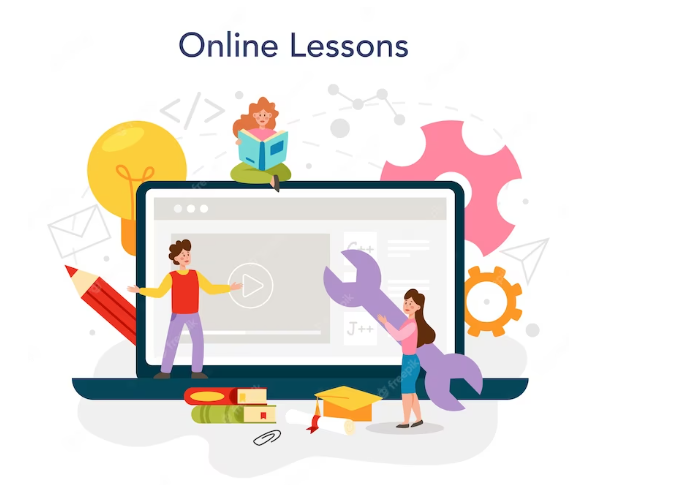The approach used in designing learning has three focus orientations. They are content, experience, and outcome. Learning design that focuses on content begins with determining the topics to teach, then compiling materials and activities based on these topics. Learning design that focuses on experience starts with determining what students must experience or feel through learning, usually in practical study. While learning design that focuses on outcomes begins with determining the knowledge and skills that students must have after participating in learning.
This article will discuss the third orientation, learning design with outcome focus. The approach used is called backward design.
Definition of Backward Design
Grant Wiggins and Jay McTighe introduced backward design terms in 1998 in a book entitled “Understanding by Design”. The premise is simple, start with the end goal. Backward design is now popular as the approach used in designing learning with an outcome orientation.
In backward design, the first step is to determine what skills, concepts, and knowledge students must master at the end of learning. After that, design the assessment to measure the ability of students. Next, determine learning activities as a process of knowledge assimilation.
Learning activities should lead to assessment. Each process provides a clear path of understanding so it can be measured with the designed assessment. Thus learning activities can be a bridge for students to achieve the skills and knowledge as the outcomes.
Backward Design for Offline Vs Online Learning
The application of backward design for online and offline learning is not too different. Both must begin by making clear learning targets. Then, proceed with designing an assessment. It is in this assessment that the difference will be seen. Because in addition to determining the competencies to be measured, online learning must also determine the most appropriate methods and platforms for measuring them.
It is also necessary to establish whether the assessment will be oral or written, individual or collaborative. Give instructions that are really clear and easy for students to understand. When asking them to record a presentation on video and share it online, give clear instructions about this. Also, determine the assessment rubric to help students know what things are expected of them to be assessed.
The final step is to create a learning sequence. Ensure all activities in the learning series can facilitate all student learning styles, namely visual, audio, and kinesthetic. All learning activities must be able to bridge students to achieve the competencies that have been targeted at the beginning.
In the process of designing learning activities, there are also differences between online and offline learning. In online learning, the selection of media to convey material content is very determining the success of students in understanding it. The media used, whether video, audio, gamification, etc., must be able to facilitate various learning styles and be appropriate for conveying the concept of the material being discussed.
To make it easier for students to follow the learning series, using the Learning Management System (LMS) platform is the right option. LMS can be a virtual class to manage all learning content. However, make sure you use an LMS that is compatible with all learning media formats so that the material content is more varied and not boring. One of our most recommended LMS is Katalis.App.
Using Backward Design for Online Learning
Consider the following strategies for implementing backward design for online learning.
- Post learning targets in a section that students can easily access so they can remember their learning goals and targets.
- Make sure the assessment is validated, the assessment should be a reflection of each individual’s understanding.
- Checkpoints and feedback from student assessment results must be easily accessible to them.
- Use a rubric to make it easier for students to know what points they are expected to score.


0 Comments
Leave A Comment